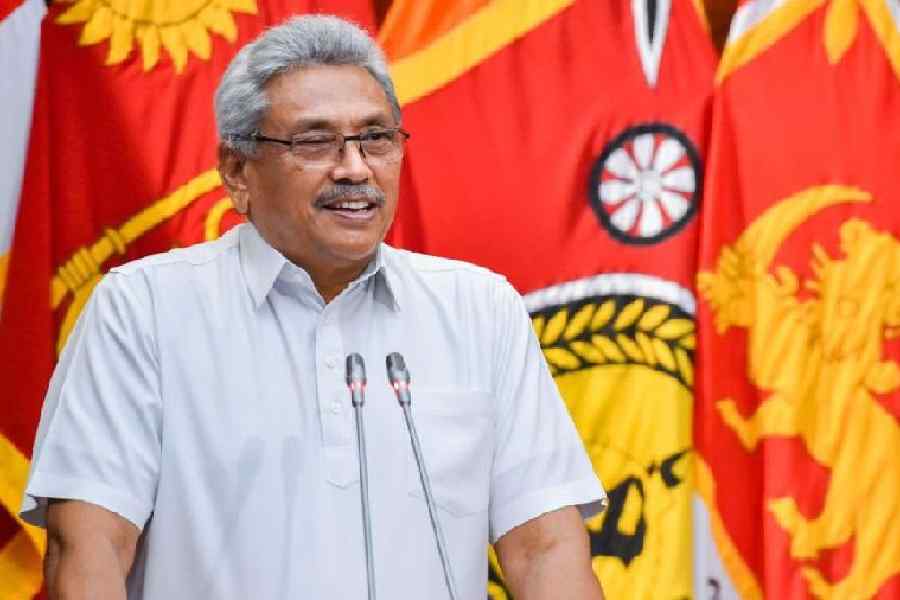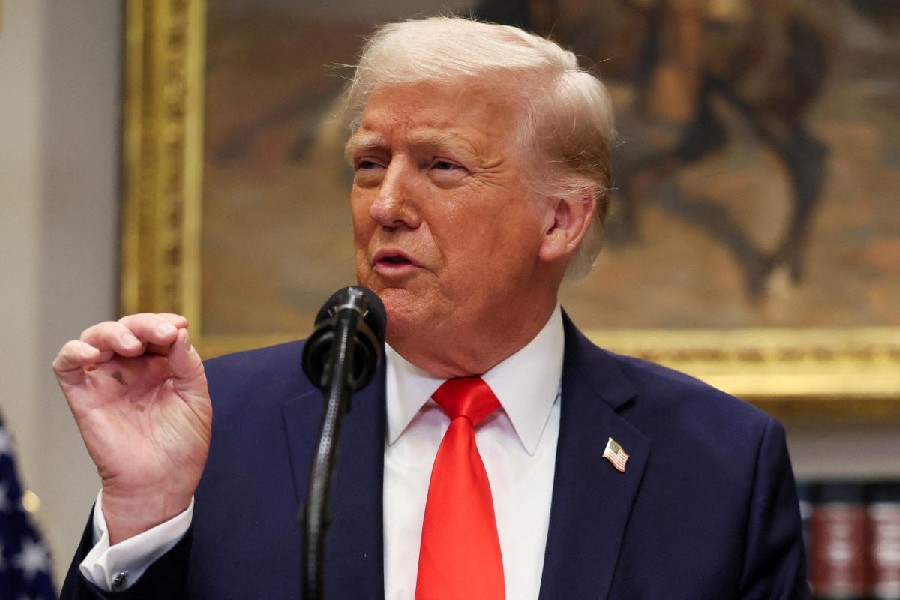A Sri Lankan court on Tuesday accepted a request by the police to curb the commemoration of the events which led to the resignation of the bankrupt government of president Gotabaya Rajapaksa a year ago.
On May 9 last year, Sri Lankan Prime Minister Mahinda Rajapaksa resigned, hours after his supporters attacked anti-government protesters outside embattled President Gotabaya Rajapaksa's office.
Last year, thousands of demonstrators protested across Sri Lanka seeking the resignation of President Gotabaya and Prime Minister Mahinda, as the Sri Lankan government ran out of money for vital imports; prices of essential commodities have skyrocketed and there are acute shortages in fuel, medicines, and electricity supply.
Police on Tuesday said the Colombo Fort magistrate has issued a restraining order on commemoration of the protest preventing them from entering key installations such as the president’s house, presidential secretariat, finance ministry, and the prime minister’s official residence.
The restraining order was issued by the Fort Magistrate’s Court on Tuesday based on a request made by the Colpetty Police.
Sri Lanka today marks one year since the countrywide unrest that broke out on May 9, 2022.
The unrest broke out after Sri Lanka Podujana Peramuna (SLPP) supporters attacked anti-government protesters at the Galle Face Green in Colombo.
Some of the government politicians were accused of attacking the protesters who urged for the resignation of Gotabaya for his bungling which led to the island’s bankruptcy for the first time since 1948.
In March, Sri Lanka received USD 330 million as the first tranche of the IMF bailout programme after hectic parleys. This will pave the way for the debt-ridden country to achieve better "fiscal discipline" and "improved governance." Mahinda resigned on May 9 hours after some of his supporters attacked peaceful protesters who had been camped out in front of government offices. Dozens of people were injured. Retaliatory attacks on government ministers' homes were reported across the country.
Nearly 100 government parliamentarians suffered arson attacks on property throughout the island nation.
Three days later, the current president Ranil Wickremesinghe was sworn in as the prime minister who soon began tackling the economic crisis.
People suffered in the economic crisis with long queues for essentials which were in short supply, fuel, and over ten-hour power cuts.
Two months later, an even bigger protest led to the resignation of president Gotabaya Rajapaksa.
Under the Sri Lankan Constitution, if both the president and prime minister resign, the Speaker of Parliament will serve as acting president for a maximum of 30 days.
Wickremesinghe later succeeded Gotabaya for the balance term of the presidency which runs until September of 2024.
Except for the headline, this story has not been edited by The Telegraph Online staff and has been published from a syndicated feed.











